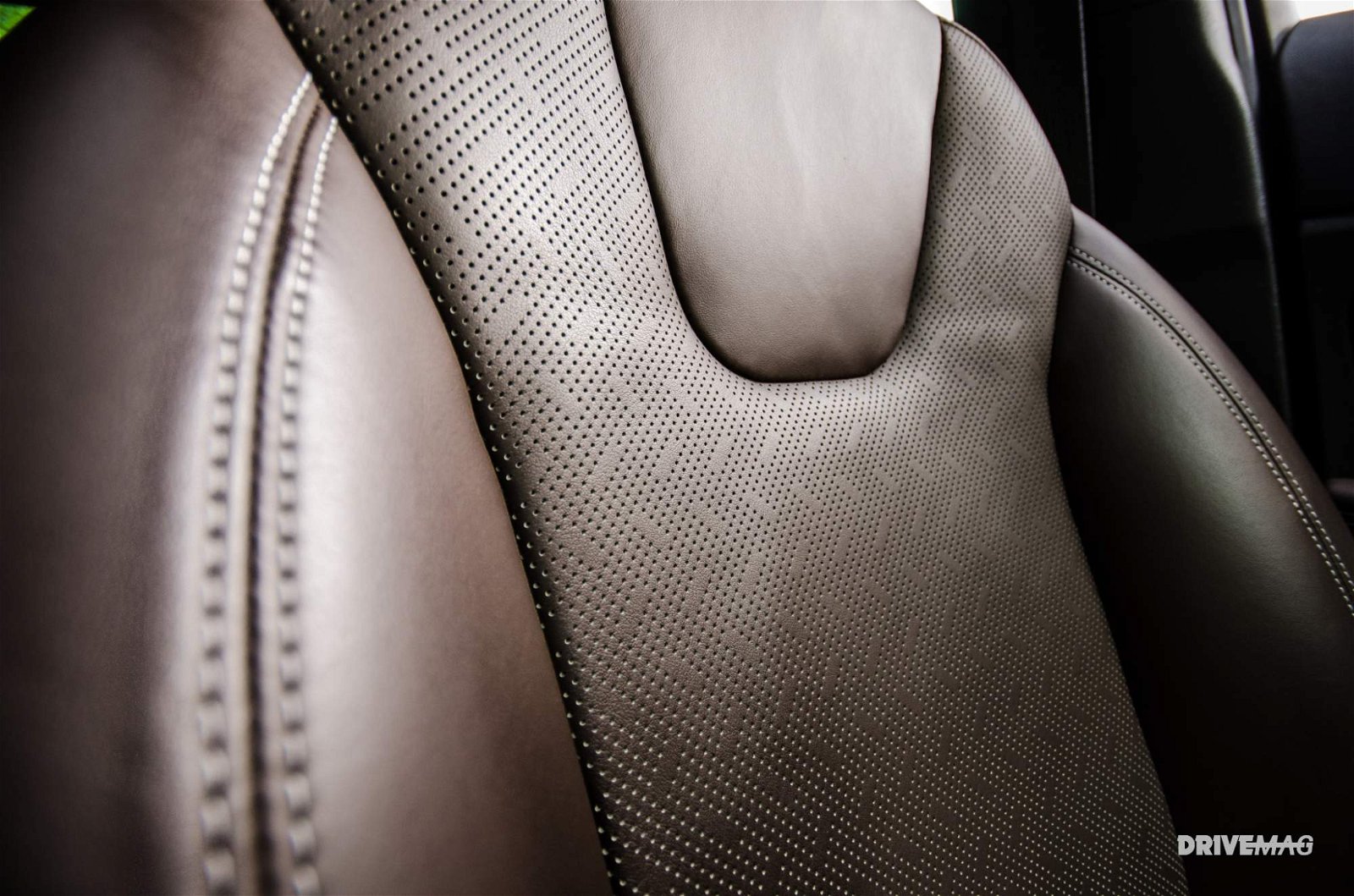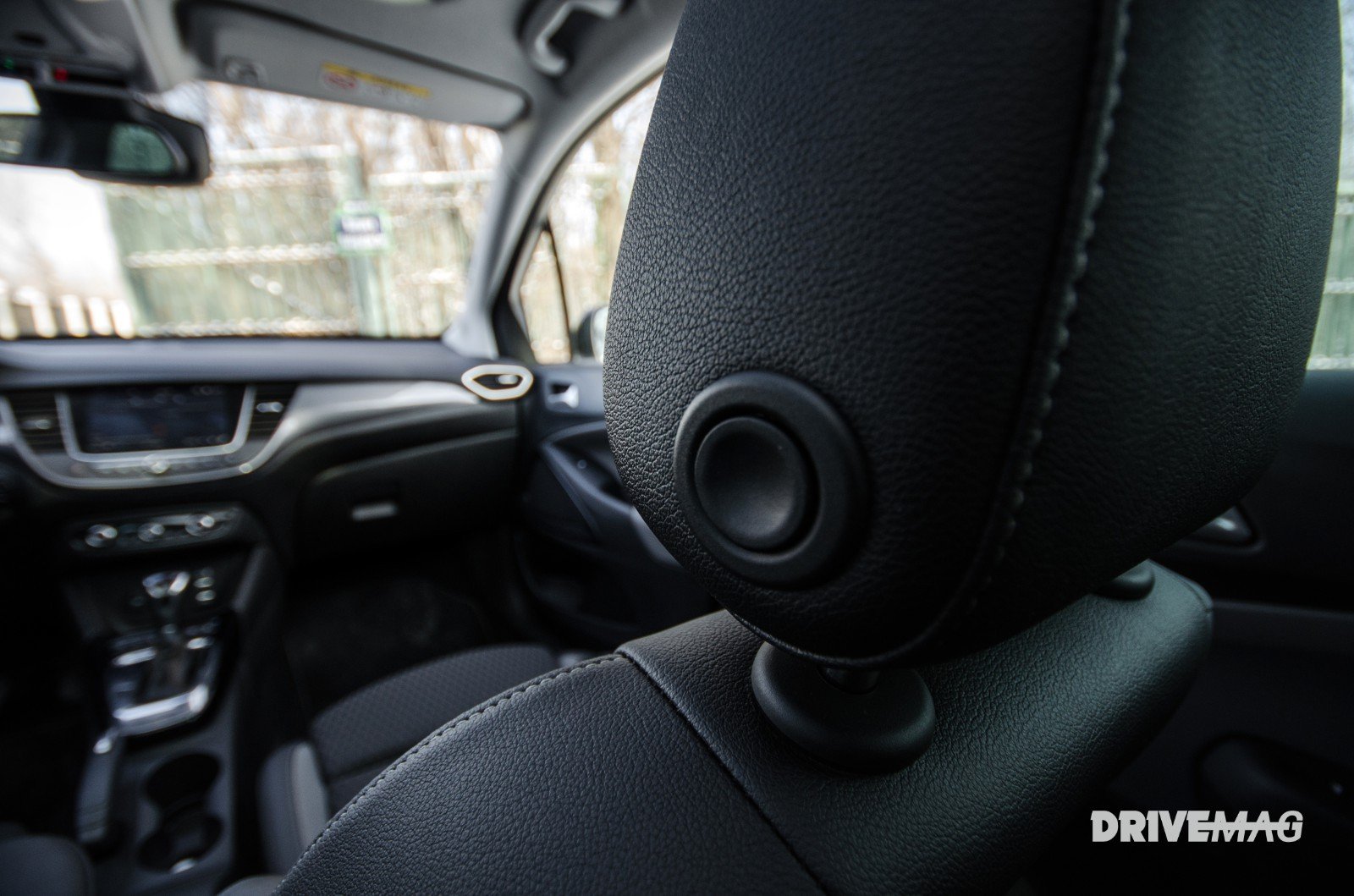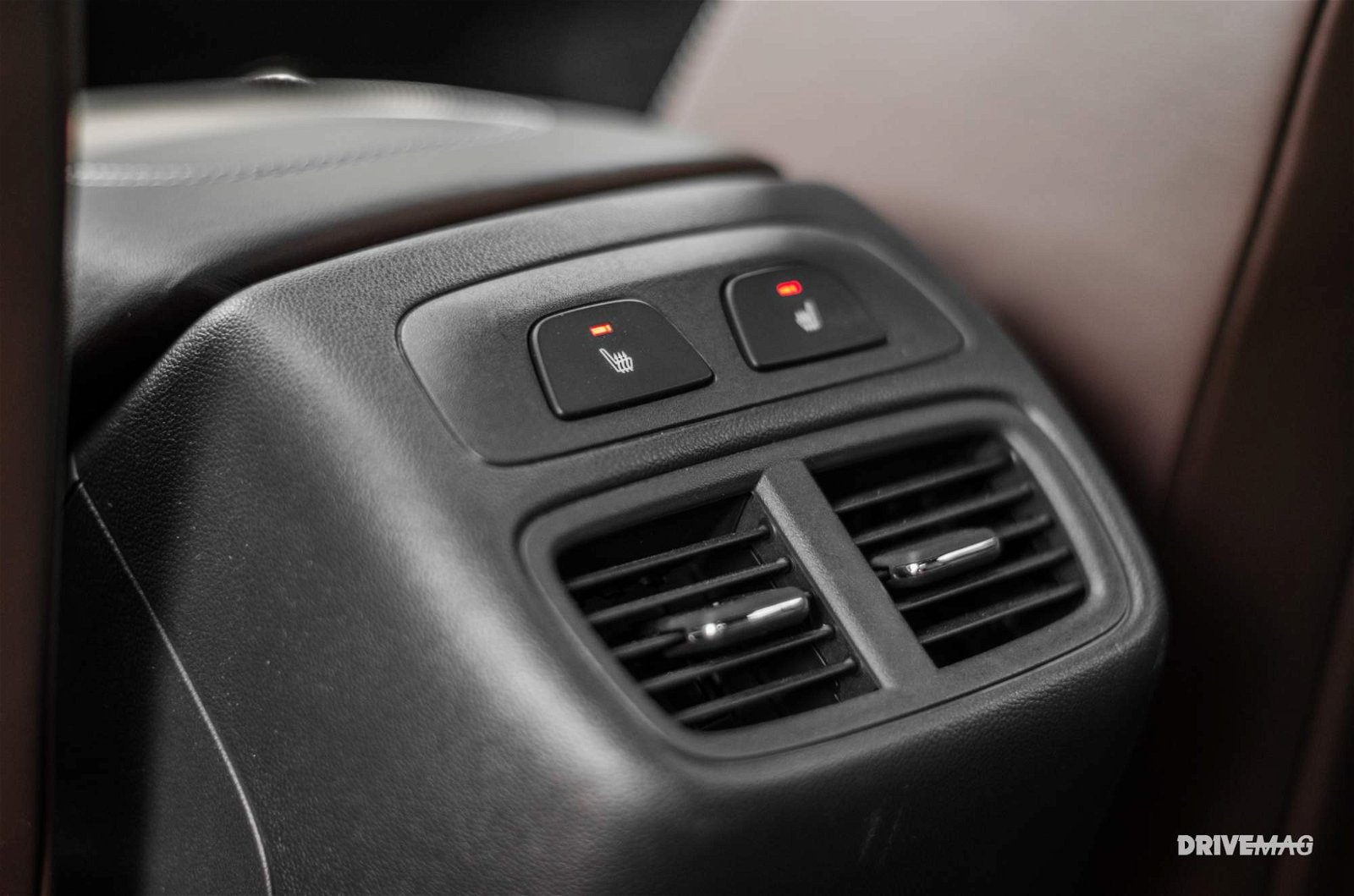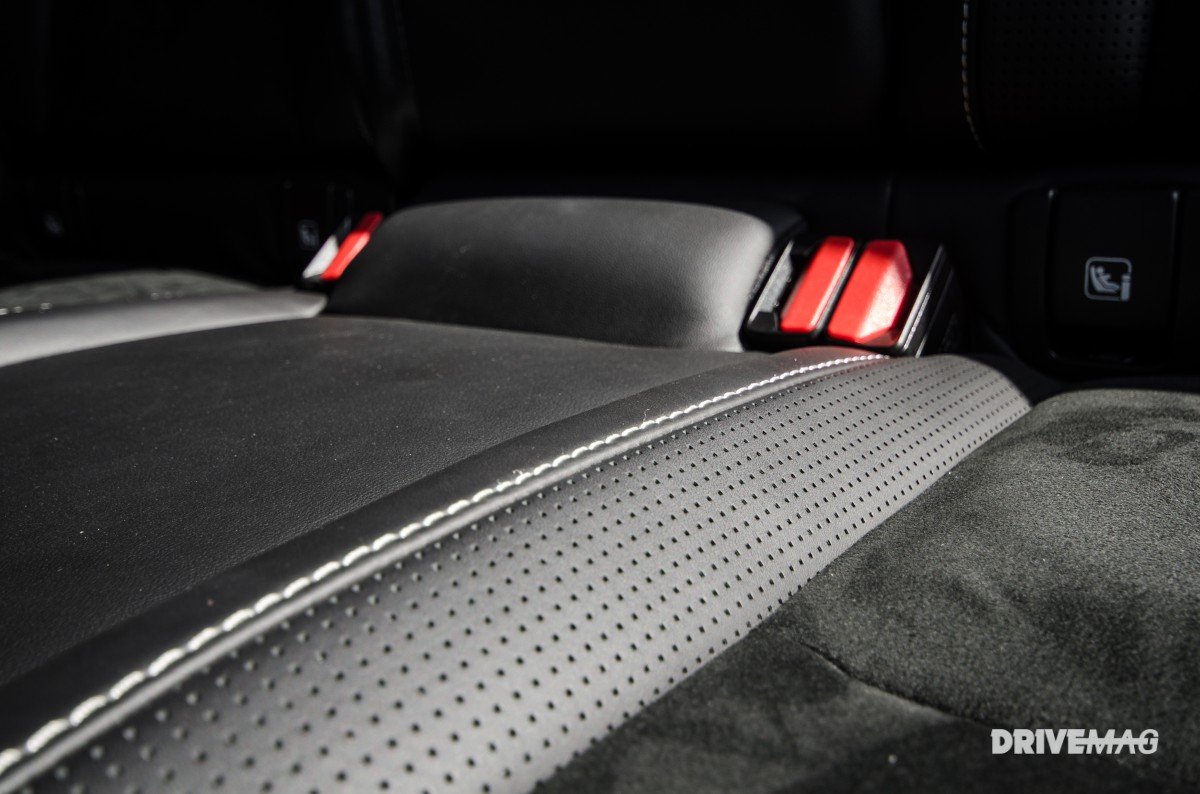Am I the only one who finds modern new car smell repulsive and/or nauseating?






Driving and being around lots of brand new cars, you not only see and touch them, but also smell them. And for me this is never a pleasant experience, as while I’m aboard a brand new motor, I often feel the need to crack a window to let some fresh air into the cabin…
So this got me thinking: what exactly makes these cars smell as bad as they do? The often pungent odor is a result of a combination of materials used and possibly the glues used to hold everything together, but is there more to it?
Well, it turns out there are plenty of people out there like me who are repulsed by this foul fetor that fights its way up one’s nostrils. Some just have a problem with the mere presence of the smell as it produces discomfort, while others are also worried about the possible health risks posed; there are also those who enjoy it, but we don’t discuss the huffing of glue on this site.

Actual scientists who have done actual research on the matter have mixed views. The Ecology Center, for instance, which a non-profit organization created “to develop innovative solutions for healthy people and a healthy planet,” tested some 200 models from the 2011 – 2012 model years to exactly pinpoint where the smell is coming from and what’s causing it.
They discovered these substances to be prevalent throughout most vehicles examined: bromine (found in brominated flame retardants or BFRs), chlorine (found in polyvinyl – PVC), lead, chromium, heavy metals, benzene, toluene, formaldehydes plus additional volatile organic compounds (VOCs). They also noted that these chemicals increase inside a car under high temperature situations when the process of “outgassing” occurs.
That’s when a material is heated to a point where it starts to give out chemicals at a quicker rate than when it’s cool – do keep in mind that each vehicle has over 200 different chemical compounds.

These emanations affect humans: short term exposure causes dizziness or nausea in some cases, while other individuals may experience allergic reactions. According to the US Environmental Protection Agency (EPA), prolonged exposure to these elements has a severe negative effect on many bodily functions and can even cause diseases.
The worst of the outgassing from car interior materials happens when the car is brand new, but as it ages, it emanates less and less and apparently after the first six-to-eight months, it is considerably safer to be in, according to the EPA.
On top of this, manufacturers have been slowly eliminating hazardous materials from their car interiors and Honda, for instance, claims to have completely ditched the use of cancer-causing polyvinyl chloride (PVC). Other automakers say they’re aware of the issue and are striving to reduce their use as well – they include Ford, GM and FCA.

Now what can you do to minimize the health risk or just plain unpleasantness associated with sitting in a new car? Well, some recommend you frequently wipe your new car’s dashboard as dust particles can contain the bad and smell-causing chemicals. Also, on very hot days, even if your car is older, you might want to vent out the interior after having left the car sitting in the sun for prolonged periods of time.
Or you can just not change your car as frequently as you do, because older cars emit far fewer nasty chemicals than new ones and this in turn has a number of other (environmental) benefits that we won't go into detail over here.

READ MORE: Has communism ever produced a sexy coupe?
